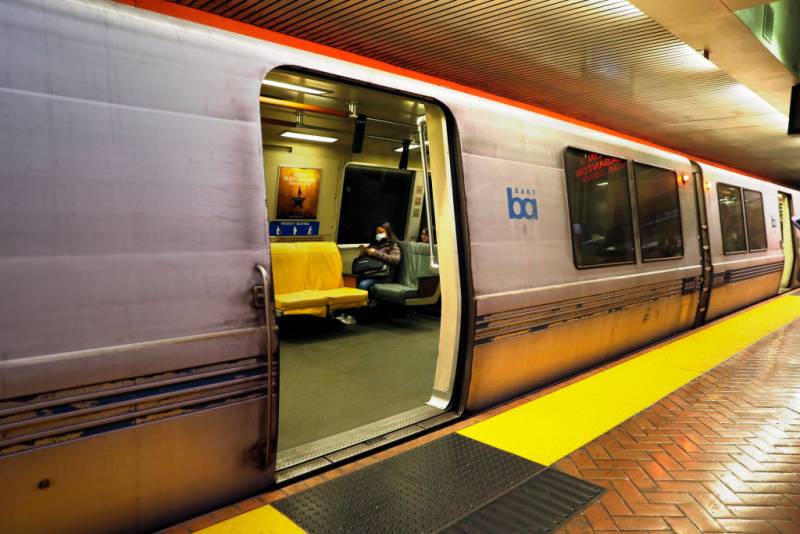But the bill, which is just as complex as its 10,000-word length implies, drew resistance from many quarters. Progressive transportation advocates said they’d oppose the measure if it allowed funding for highway expansion projects. Officials with some transit operators, like Caltrain, didn’t like a provision that would require a study of how to consolidate at least some of the region’s 27 agencies.
There was also a falling out about what kind of taxes or fees the bill should allow. The proposal offered several alternatives: a half-cent sales tax, a parcel tax on property owners, a payroll tax to be paid by employers, or a future vehicle registration surcharge.
But business groups, including the Bay Area Council, said they’d oppose a payroll tax. Some bill supporters were cool to the idea of a sales tax, a levy that would fall most heavily on lower-income residents in an already heavily taxed region. Bill sponsors rejected a proposal from progressive transit advocates to consider a regional income tax on higher-income residents.
But the most significant disagreements centered on the issue of “return to source,” or how much money raised in each Bay Area county would be available to use there.
The bill provided that tax proceeds would be funneled through the Metropolitan Transportation Commission. It guaranteed that during the proposed tax measure’s first five years, at least 70% of revenue generated in a county would be invested in projects and programs that benefited that county. That percentage would rise to 90% after the initial five years.
Santa Clara County officials came out against the measure, saying that the initial 70% allocation was too low and that funds should come back directly to the county without the MTC’s involvement. Officials in the South Bay said they were also concerned that a new sales tax would interfere with several existing sales taxes that support transit operations in the county and are being used to help pay for the $12.7 billion BART extension through downtown San José.
That dispute came to a head last Friday when the bill made it to the State Senate floor. Sen. Dave Cortese, a San José Democrat, called the SB 1031 tax proposal “an existential threat” to Santa Clara County and complained that his proposal to send revenue from the tax directly to the counties had been “flat out rejected.”
“That told me that we need to organize people in my area and we need to make sure we do everything we can to put a stop to this,” Cortese said.
With Wiener and Wahab promising further work on the bill, the Senate approved it 26–10 and sent it to the Assembly.
Wiener on Thursday acknowledged Santa Clara County’s influence in the decision to pull the bill, but he said it’s crucial to find a way to put public transportation on a healthy financial footing for the long term.
“The challenge that we have is how do we fund these priorities in a way that all the different counties around the region feel like they’re being treated fairly and feel like they are getting a strong benefit from the measure?” he said. “If we’re asking people to pay in, we want people to be confident that they are getting a benefit.”
Ian Griffiths, the policy director for Seamless Bay Area, a grassroots group that was one of the bill’s chief advocates, said he was disappointed the measure has been withdrawn. But he says that creates an opportunity to better communicate the benefits a transit tax measure could deliver.
He said advocates could do that “by spending time over the next six months developing a clear service vision of the transit network that we’re trying to create. We’ve talked about policies like integrated fares and integrated service, but actually having a … map of service improvements across the region, really I think can help make it more real” for voters.
BART’s deficit in the fiscal year starting July 1, 2026, is currently projected at $385 million, with annual shortfalls of $350 million or more continuing into the foreseeable future. San Francisco’s Municipal Transportation Agency, which runs Muni transit service, expects its deficit to top $200 million during the same year.
Both agencies, like most other transit operators across the country, have survived on massive infusions of federal cash to replace lost fare revenue. They have warned of drastic service cuts if new operating support isn’t forthcoming.
SFMTA chief Jeffrey Tumlin said earlier this week that major service cuts could begin next year. BART, which has said it may have to shut down two of its five lines, shutter some stations and run trains as much as 60 minutes apart, has not talked about when such steps might be taken.

